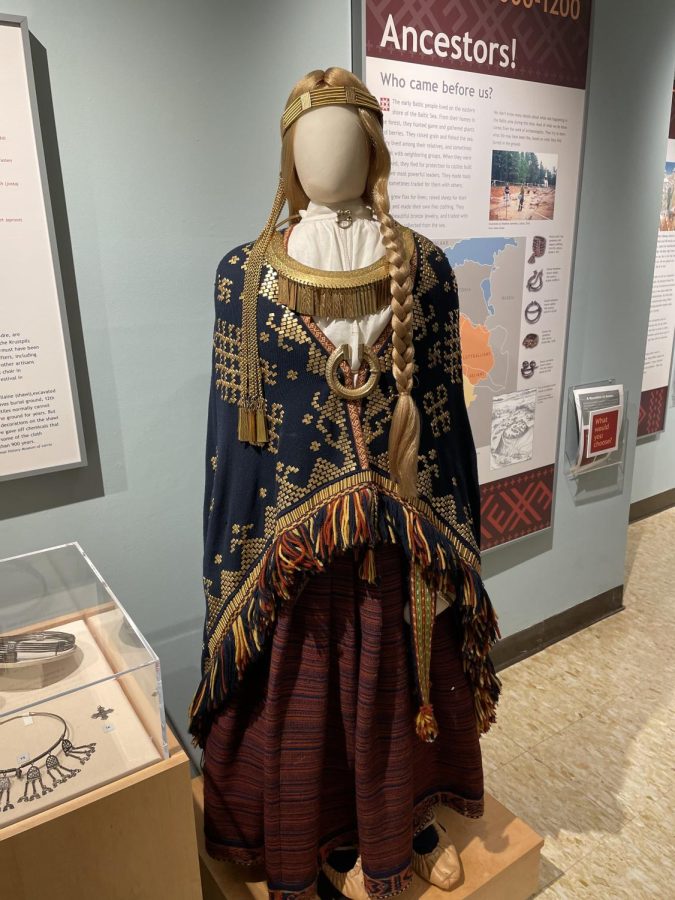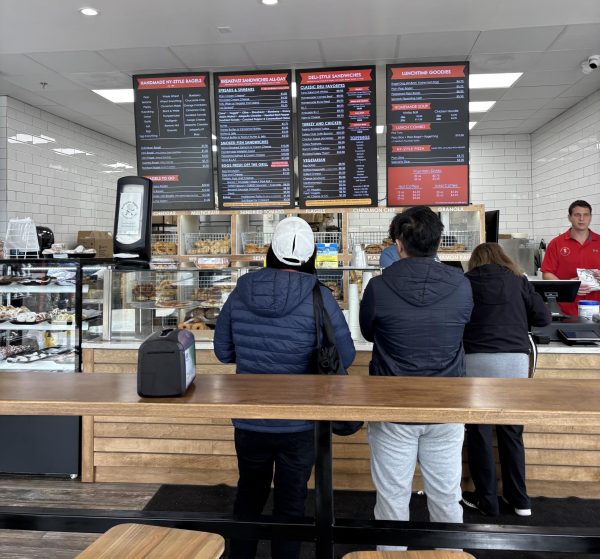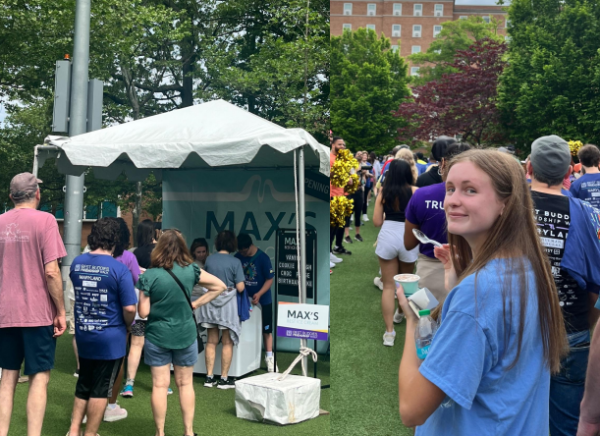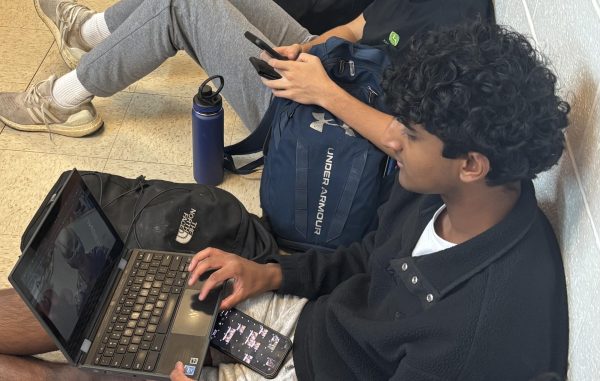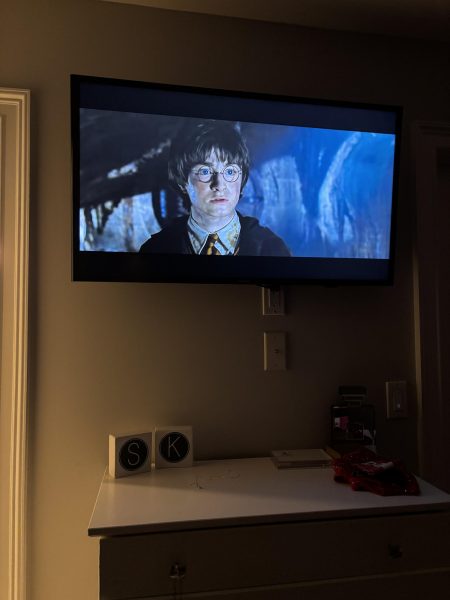Latvian museum spreads culture in Rockville
The Latvian museum features mannequins with traditional Latvian hairstyles and dress.
A hidden gem located on Hurley Ave, the Latvian museum serves as a place where Latvian Americans can celebrate their cultural heritage, and also as a place where non-Latvians can learn about a culture that is not well known in the United States.
The museum opened in 1979, nine years after this school was established. After being closed for a year due to renovations, it reopened this past December with a more modern, guest-friendly layout.
The Rockville Latvian museum, run by the American Latvian Association, is the only one of its kind in the United States. Approximately 100,000 Latvians immigrated to the United States during World War II, with a sizeable population in the D.C. metropolitan area. Latvia is a country of 1.9 million people, and is located in Eastern Europe, bordering Russia in the east, Lithuania and in the south and Estonia in the north.
The entire building is about the size of the Commons, and the actual exhibition is no larger than a classroom. It begins with ancient Latvian history, with jewelry, stones, clothing and other artifacts dating back to before the common era. It continues in a snake path, with TVs along the way that provide relevant historical videos related to each exhibit. The tour is short, lasting about an hour.
The tour continues through a makeshift log cabin filled with furniture and other structures such as stone fireplaces to represent how Latvians used to live. It continues through the World Wars, where I learned about how Latvians were displaced from their home country and had to live in refugee camps throughout Europe. “For me the most intense experience is the depiction of the Russian Communist occupation of Latvia because that had a direct impact on my life,” museum director Renate Gravers said.
After learning about the history of the Latvian people, I entered a “Wall of Fame” that included famous and accomplished Latvians such as Kristaps Porziņģis, an NBA player for the Washington Wizards. The Wall of Fame includes famous scientists, actors and actresses, artists and more, for most of which I did not know of their Latvian heritage.
The museum is catered to teenagers and up, with exhibits that almost any generation can enjoy. “Younger people might find the protest movement in the 1980s, both in Latvia and abroad, as the most important because they lived during that era,” Gravers said.
While the museum is partially federally funded, it also accepts donations to keep it running. There is no entrance fee for visiting. In order to visit, an appointment must be made by contacting the owner at [email protected].
I would recommend visiting the museum to anyone who is interested in history or anyone who wants to learn more about the culture of a country that is not well known among the general U.S. population. As someone who does not have any Latvian heritage, I still found myself learning about and appreciating a country that I knew little to nothing about before visiting.
Your donation will support the student journalists of Thomas S. Wootton High School. Your contribution will allow us to purchase equipment and cover our annual website hosting costs.
Dylan is a 2023 graduate.


